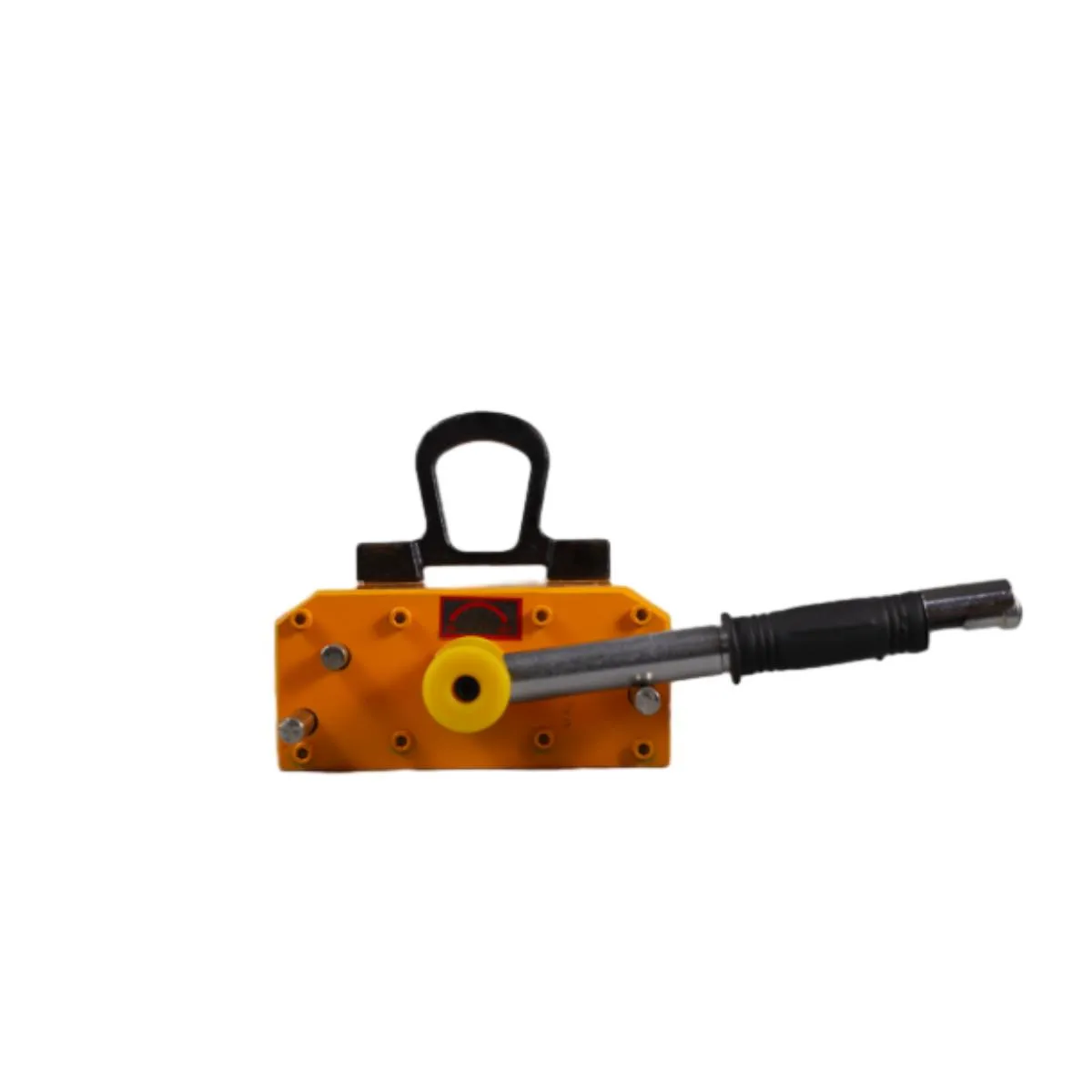Powerful Rectangular Lifting Magnet for Heavy-Duty Industrial Applications and Efficient Handling
The Rectangular Lifting Magnet An Essential Tool in Modern Industry
In the realm of industrial applications, the rectangular lifting magnet stands out as a critical tool for efficiently moving heavy ferromagnetic materials. Its design and functionality have revolutionized the way industries handle metal objects, making the process safer, faster, and more efficient. This article explores the various aspects of rectangular lifting magnets, including their design, working principles, applications, advantages, and maintenance.
Design and Working Principle
Rectangular lifting magnets are typically constructed with high-quality steel, which enhances their durability and magnetic efficiency. The core design comprises a rectangular shape that allows for an effective lifting surface area, optimizing the magnet's ability to grasp metallic objects.
The working principle of these magnets relies on electromagnetism. When an electric current passes through the coil windings wrapped around the magnet's core, a magnetic field is generated. This field attracts ferromagnetic materials, allowing the magnet to lift heavy objects with ease. The strength of the magnetic field can be adjusted by changing the amount of current that flows through the coil, providing flexibility in handling various weights and types of materials.
Applications
Rectangular lifting magnets are widely utilized across different industries. In manufacturing, they are commonly employed in machining processes, enabling workers to lift heavy metal sheets or components without the need for additional hoists or cranes. This not only speeds up production times but also minimizes the risk of injury associated with manual lifting.
In the recycling industry, these magnets play a crucial role in sorting ferrous materials from other waste products. They efficiently separate metal scraps from non-metallic items, facilitating the recycling process and ensuring that valuable materials are not lost. Furthermore, in construction, rectangular lifting magnets are used to handle steel beams and plates, thereby streamlining the building process and enhancing safety on job sites.
rectangular lifting magnet

Advantages
The advantages of rectangular lifting magnets are numerous. Firstly, their ability to lift heavy materials safely reduces the risk of injury for workers, as it minimizes the need for manual handling. Secondly, they provide significant time savings in various operations. With the capability to quickly attach and detach from metal objects, these magnets enable seamless movement of materials, enhancing overall productivity.
Additionally, the use of lifting magnets can lead to reduced costs. By streamlining handling processes and minimizing the labor required, companies can lower operational expenses. These magnets also have a low maintenance requirement, as they are built to withstand the rigors of industrial environments.
Maintenance and Safety
To ensure optimal performance, it is crucial to maintain rectangular lifting magnets adequately. Regular inspections should be conducted to check for signs of wear, damage, or corrosion. The electrical components must be monitored to ensure that the current is flowing correctly and that the magnet is operating at its intended capacity.
Safety is paramount when using lifting magnets. Operators should be trained in proper usage and safety protocols. It is essential to verify that the materials being lifted are compatible with the magnet’s capacity, and operators should always be aware of their surroundings to prevent accidents.
Conclusion
The rectangular lifting magnet is an indispensable tool in modern industrial operations. Its ability to safely and effectively handle heavy ferromagnetic materials enhances productivity across multiple sectors. As industries continue to evolve and seek new ways to improve efficiency, the importance of rectangular lifting magnets will undoubtedly grow, solidifying their role as a cornerstone of industrial technology. Emphasizing their advantages, applications, and maintenance, it is evident that rectangular lifting magnets are not merely tools, but vital assets that contribute significantly to the advancement of industrial practices.
-
Versatile Lifting Solutions with Gantry and Overhead CranesNewsAug.29,2025
-
The Versatile Mobile Gantry Crane SolutionNewsAug.29,2025
-
Reliable Movement with Heavy Machinery Skates and RollersNewsAug.29,2025
-
Reliable Lifting Performance with 2000 lb Gantry Crane and 2 Ton Overhead SystemsNewsAug.29,2025
-
Maximize Lifting Efficiency with PML Magnetic LiftersNewsAug.29,2025
-
Efficient Relocation Starts with Reliable Machinery MoversNewsAug.29,2025
-
Efficient and Safe Lifting with Permanent Magnetic LiftersNewsAug.29,2025
